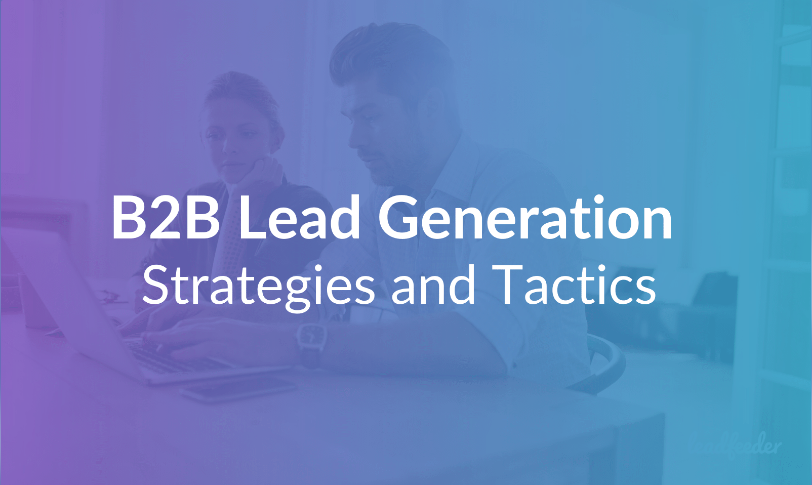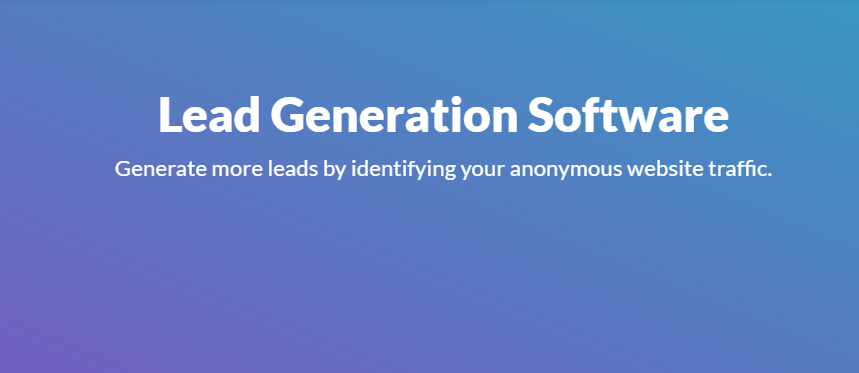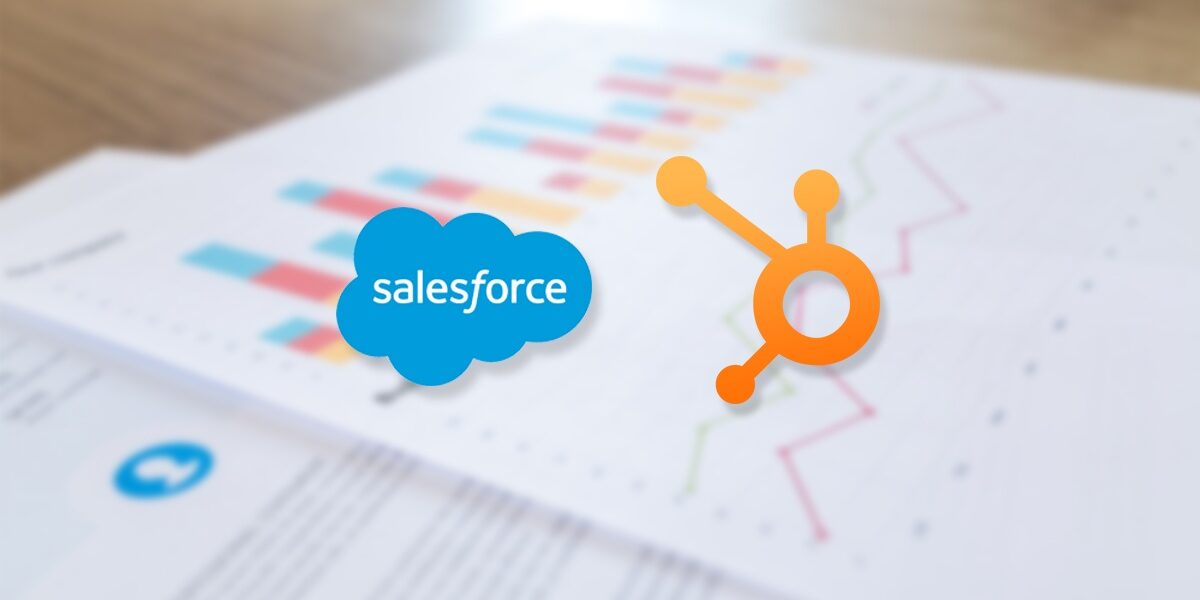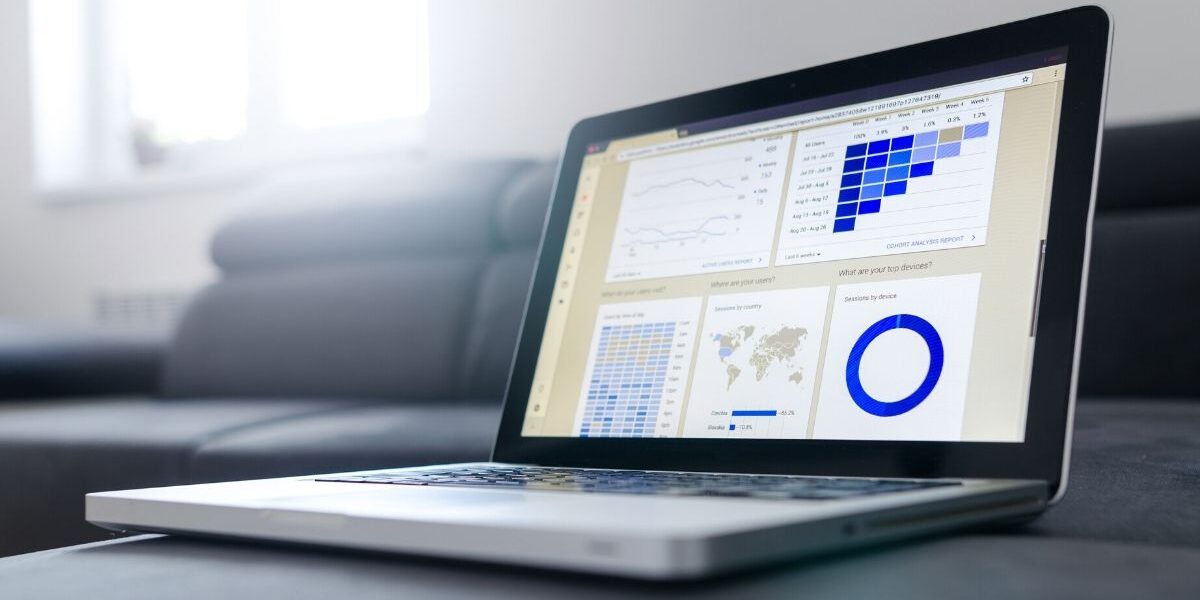“B2B lead generation is easy.”
Even sales reps teeming with elite level sarcasm wouldn’t dare to utter such a statement.
Because if you’ve ever tried to increase B2B sales by generating more leads, you know it’s tough 💆.
Like swimming without using your hands or feet—aka Navy SEAL “drown-proof” training—tough.
Like being jolted awake after a burrito and Bordeaux-wine filled night and being asked to crack the DaVinci Code, tough.
Not only are you navigating a minefield of shrewd buyers, and battling hordes of hungry competitors, you’re also bombarded with a maelstrom of misinformation that includes:
👉 Conflicting research about the best ways to generate leads.
👉 Overhyped case studies that worked for XYZ corp—who with thousands of established buyers, would’ve increased sales regardless of the tactic they used.
And it doesn’t help that every expert or authority is adamant that their lead generation tactic or strategy is the “bee’s knees” way to increase B2B sales. The “ugly” truth is:
You’ll have to tailor your approach to the DNA of your organization, industry, product/service, and buyer.
Often, this means ignoring self-tooting horns and trialing a new way to generate leads.
That’s why I’ve listed 61 powerful lead generation strategies and tactics B2B businesses use to increase sales. These include:
- Website Optimization
- Content Marketing
- Email Marketing
- Paid Advertising
- Social Media
- And 5 essential lead generation tools to support you with all the above
But, before we dive into the “meat” of this post, let’s clarify the basics of increasing B2B sales…
First, what is B2B lead generation?

B2B lead generation is short for business-to-business lead generation. Which describes businesses that primarily sell to (*drumroll please*)…other businesses.
This is parallel to business-to-consumer (B2C) lead generation, where products and services are sold directly to consumers.
The journey of a thousand miles begins with a single step. And in a typical marketing funnel or sales process, B2B lead generation is that step.
It involves collecting a potential customer’s information—such as name, email, company name, and job title—that will be used to personalize communication and make sales.
After this information is collected, these leads are then typically nurtured via marketing automation and passed to sales once they are qualified.
The end goal of B2B lead generation is to create a consistent pipeline of high-intent prospects that turn into customers.
Increasing B2B sales: The steps inside the lead generation process
If you’re serious about increasing B2B sales, you’ll need a strong lead generation process. This aligns marketing and sales teams and gives reps a proven framework to follow.
We know that B2B lead generation describes the process used by sales/marketing teams to turn prospects into paying customers. But what do these steps entail?

Step 1: Finding B2B leads
The first step towards generating B2B leads is finding the contact information of potential buyers.
This information is often sourced in-house, generated by a third-party “lead gen” company, or bought from a lead database (not advisable for B2B lead generation).
Step 2: Reaching out to leads
With a list of (hopefully) high-quality leads, reps reach out to leads through cold outreach, social media, or by replying back to inquiries.
Step 3: Qualifying & prospecting high-quality leads
While interacting with leads, reps measure how likely leads are to buy.
They’ll do this by gauging the stage leads are at during the buying process. These stages include:

1. Research & awareness: The customer is aware of a solution they need, or problem they face, and they begin to learn more about it.
This is the stage where they’ll consume content like blogs, whitepapers, and case studies.
2. Consideration: The lead knows the exact service/product that is needed. He/she will now detail their specific needs before researching and “opening up” to vendors.
3. Decision: Filtering through vendors that best suit their needs, the buyer will have multiple meetings and check-in with other decision-makers to complete a purchase.
Depending on what stage a lead is at, reps will initiate nurturing campaigns or focus on getting the prospect to book a call or demo.
Step 4: Closing leads
Success! After multiple meetings with different vendors, the prospect picks you and the deal is done. They’ll now be transferred to customer success for onboarding
But what’s the best way to get B2B leads?
Most reps and marketers search for the silver bullet that’ll increase B2B leads. Unfortunately, such a thing doesn’t exist.
Even the experts can’t agree on what the best B2B lead generation strategy, tactic or channel is…
Hubspot created the chart below to shed light on where leads come from. At first glance, it’s what you’d expect.

Starting from the left, you have the typical channels and strategies we’re all aware of — direct mail, trade shows, email marketing, etc,.
But to the far right, towering above all other channels, the biggest source of B2B leads is apparently “Other.”
What on earth does “other” mean?
I mean, if the experts can’t figure it out, who else knows?
This data might not reveal the exact source of B2B leads, but, it does show that even the industry authorities with tons of data struggle to pinpoint the best way to generate leads.
To conclude with a powerful quote from our CRO, Jaakko, “The best way to generate more sales is to tailor your B2B strategy around your industry, product, and buyer.”
With that in mind, let’s get to the 61 ways you can generate more B2B leads and increase sales.





